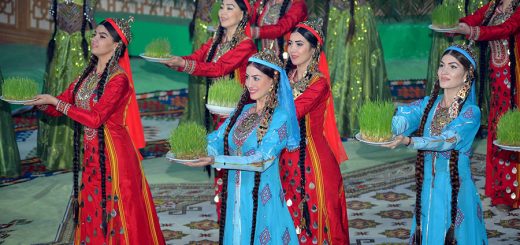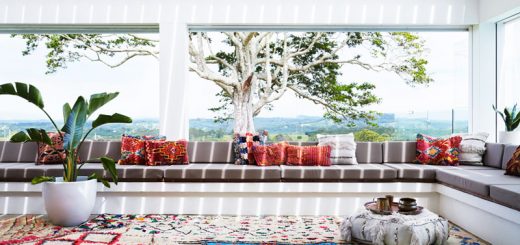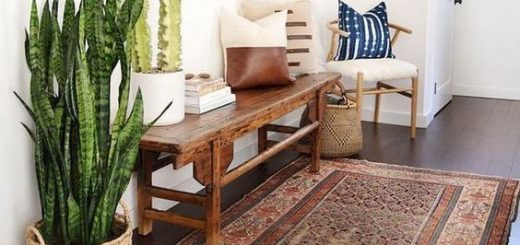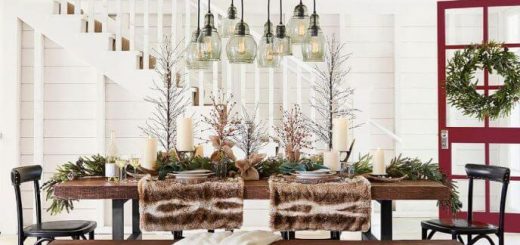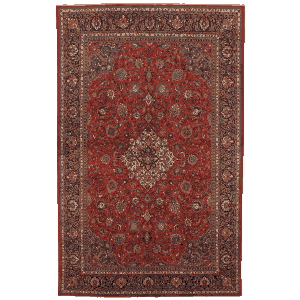Oriental rugs combine history, tradition and art
Persian carpets and other “rugs of the East” are firmly established as elegant design elements — subtle and often-unheralded — that loudly whisper refinement and good taste. Historically, many of us think of them in terms of the imagery of medieval Europe: They were considered great status symbols in the 1500s and, some 200 years beyond, were too precious to put on floors; instead, they adorned tables, chests and walls.
But the story of Oriental rugs goes back so much further — try 3000 B.C., when Nomadic tribes in Mongolia and Turkey used hair from their camels and sheep to weave carpets to keep their earthen floors warm, and 1000 B.C., when rugs with an impressive 300 knots per square inch were already in existence.
In Persia, especially, the artistry of the carpet developed so much that, today, a dizzying variety of distinctive patterns and styles is linked to at least 40 rug-making Iranian cities or villages. Oriental rugs have been prominently depicted in literature, art and music for thousands of years.
“We have a long history of admiring Oriental rugs,” says Fort Worth interior designer Joe Minton. “They’re a beautiful thing to use in a room. I just really love them and I’ve come to know a lot about them because I have used them in my business for 40 years. … I like to educate people about them.”
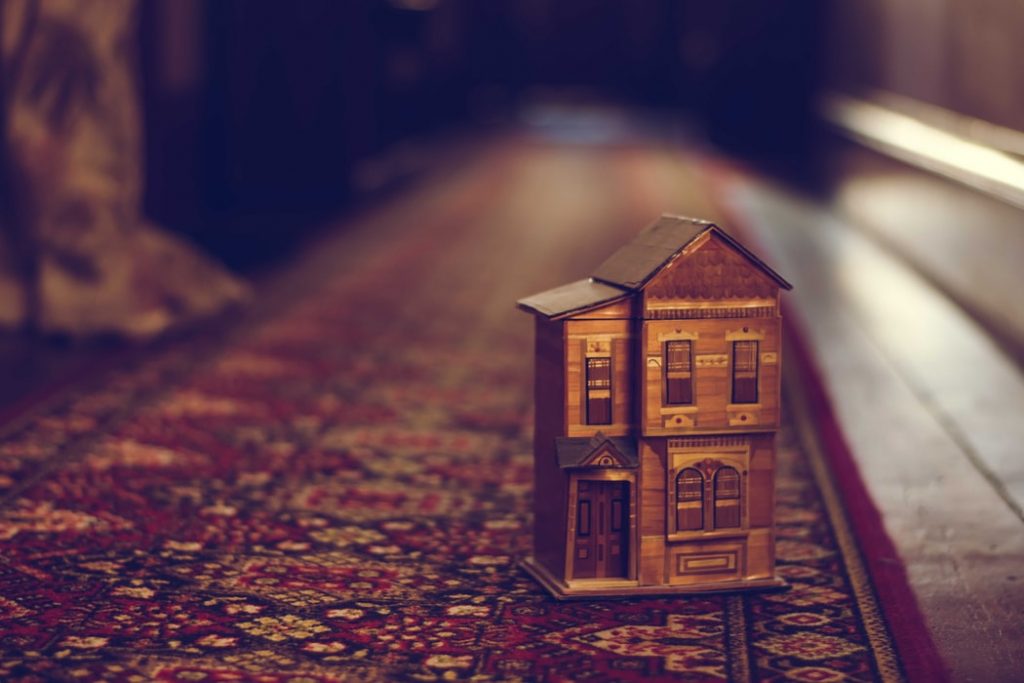
There’s pride of ownership, of course, but also discomfort — the latter, because of the oft-reported idea of village women and children toiling away at looms, tying tiny knots all day to weave these intricate patterns of Persian florals onto artistic tapestries that others might tread upon with nary a thought. (Child labor continues to be an issue the carpet weaving industry grapples with, especially in India, Pakistan and Afghanistan. Read more about that at www.GoodWeave.com and in a recent Forbes article on the prevalence of child laborers within India’s mills.)
A true Oriental rug is “hand-knotted,” woven one knot at a time — a tribute to the patience and craftsmanship of the weavers. The terms “hand-tufted” and “handmade” are misleading — those can still be machine made. It is said that the average weaver ties as many as 10,000 knots per day, and a 9-by-12-foot Persian rug that has 500 knots per square inch takes four or five artisans, working six hours a day and six days a week, about 14 months to complete.
MAIN THEMES AND SYMBOLS OF IRANIAN CARPETS
Gardens, flowers, medallions, and animals are the main themes of the carpets weaved in Iran. At least, this how experts divide them. Such elements are used even in architecture, monuments, fountains and book covers. There are cases when they are completely abstract and many and cases when they aren’t. Strong and powerful emotions are expressed through those elements. In other words, such carpets make the earliest and most real form of abstract art. Carpets are deep and quiet at the same moment and make a great place where one can dream.
Symmetry is an essential principle as it reflects the balance in everything. Moreover, symmetry makes easier the organization of the pattern. Although it can happen that some rugs have a similar design, there are no two identic hand-knotted carpets in this world. Some carpets have a central medallion and other floral designs while others may have symbols and motifs related to animals and flowers. Some of the most used are the peacock, the tree of life, lily, lotus, iris, the paradise bird, pomegranates, the comb, stars, and numbers.
Meanwhile, even colors have their meanings. Blue means power force and solitude, red means beauty, wealth, luck, courage, faith and joy, green is the holy color of the prophet, white means purity, gold means power, brown means fertility and yellow is related to the sun and joy of life.
The combination of all these elements needs great skills and it can be made only by talented weavers who use natural dyes and the best wool. This explains why rugs made in Iran are so expensive and highly desired by individuals, art collectors, and museums. An Iranian rug is not only a precious item for home décor. It communicates an entire culture through symbols and colors.


